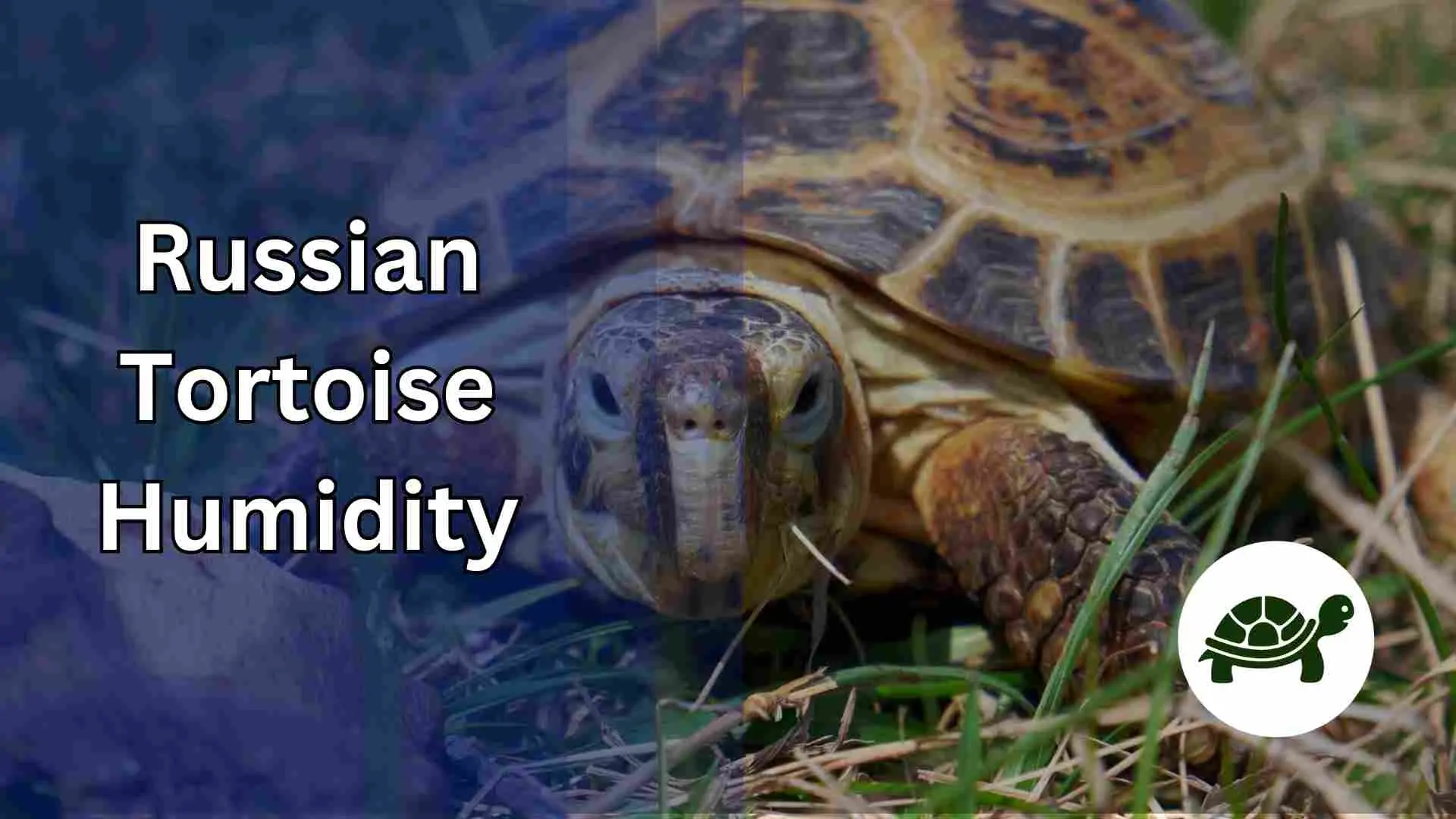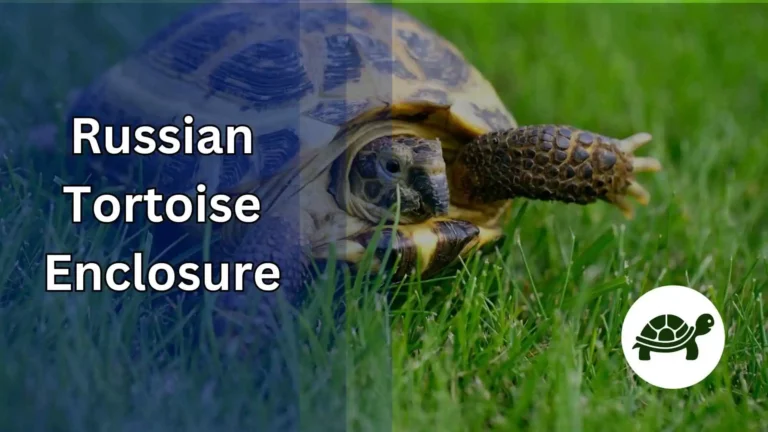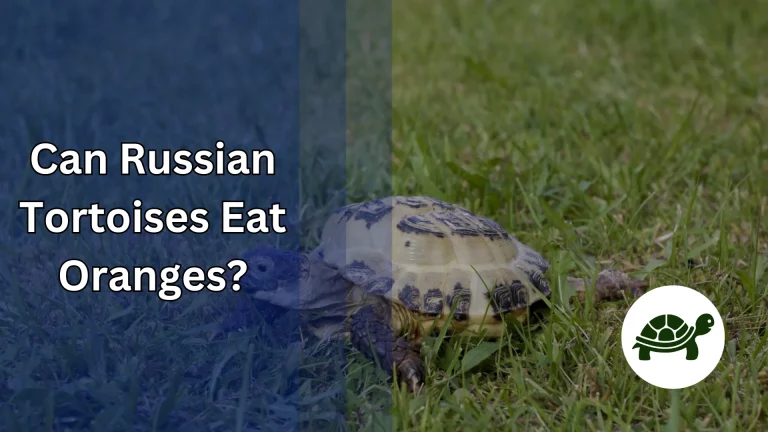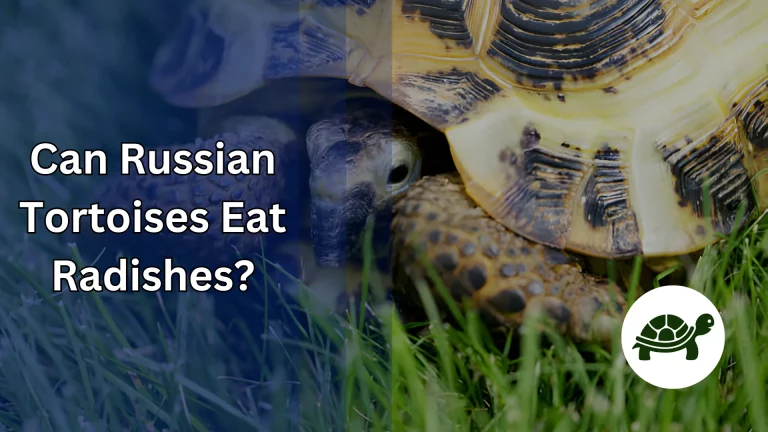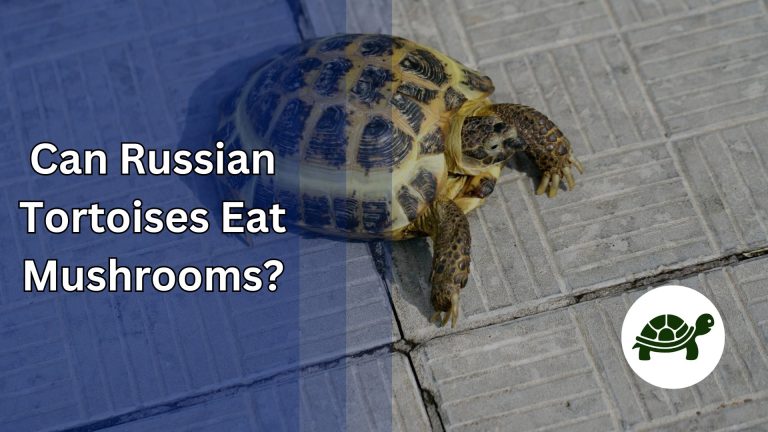Russian Tortoise Humidity – All You Need To Know
The Russian tortoise, also known as the Horsfield’s tortoise, is a popular pet among reptile enthusiasts worldwide. Native to the vast steppes of Central Asia, this resilient creature thrives in a climate markedly different from many of the humid habitats we associate with tortoises. As a result, those who choose to welcome a Russian tortoise into their home must be particularly mindful of its unique environmental needs.
Properly maintaining the right humidity levels for your Russian tortoise isn’t just a matter of comfort—it’s crucial for their health and well-being. Just like us, these tortoises have evolved to thrive under specific conditions, and straying too far from these can lead to a range of health issues. Whether you’re a seasoned tortoise keeper or new to the world of reptile care, understanding the significance of humidity for these creatures is essential.
In this guide, we’ll dive deep into the world of Russian tortoise humidity. From understanding their natural habitat to equipping you with the best tips and tools for humidity management, we aim to provide a comprehensive resource. So, whether you’re trying to replicate their Central Asian home or simply ensure your pet’s longevity, you’ve come to the right place.
Natural Habitat and Humidity Levels
The vast steppes and semi-arid regions of Central Asia serve as the natural homeland for the Russian tortoise. Stretching across countries like Russia, China, and Pakistan, these areas offer a unique blend of temperatures and climates, quite different from tropical locales often associated with many other tortoise species. Picture expansive grasslands, interspersed with deserts and valleys, where the sun casts its warming glow more often than not.
In these regions, humidity levels typically remain on the lower side. Unlike rainforests or wetlands where moisture constantly lingers in the air, the steppes of Central Asia have a more arid feel, with relative humidity levels often ranging between 30% to 50%. These conditions have shaped the Russian tortoise’s physiological needs and behavior over millennia, making them well-adapted to a drier climate. The sparse rainfall and low humidity levels are a far cry from the damp conditions that some might mistakenly believe all tortoises prefer.
Understanding this natural habitat is the cornerstone for any Russian tortoise keeper. By appreciating the conditions of their wild counterparts, one can better replicate the right environment for captive Russian tortoises. And while it’s not always about mimicking the wild exactly, gaining insights into their original habitat is crucial to ensuring their health and happiness in domestic settings.
Why Humidity Matters
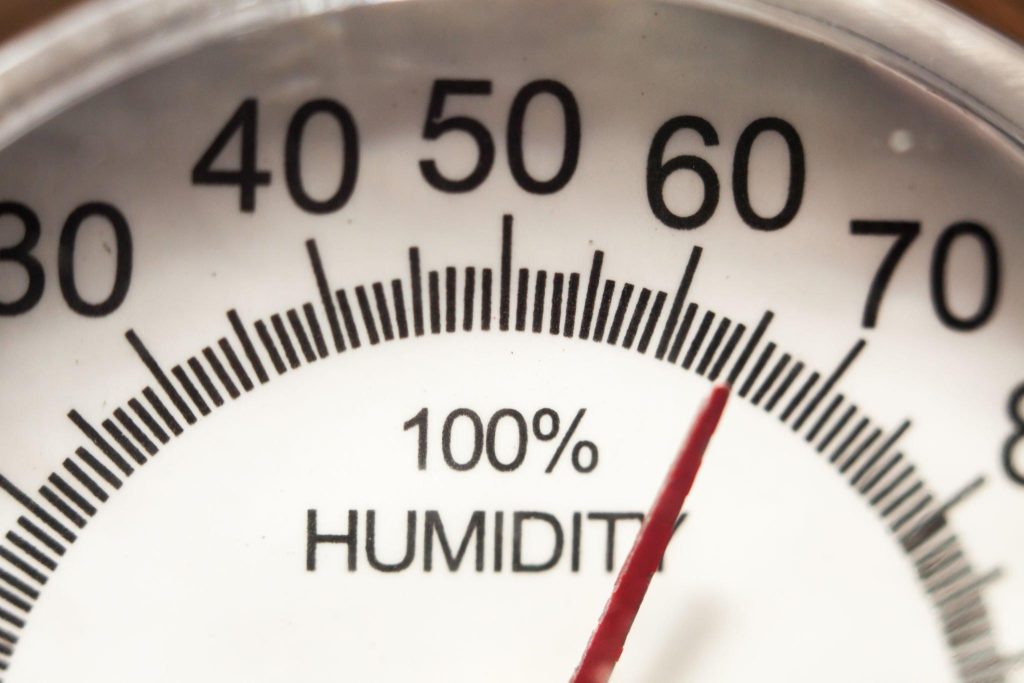
At first glance, the concept of humidity might seem like a minor detail in the grand scheme of pet care. However, when it comes to Russian tortoises, it’s a crucial piece of the puzzle. These animals, like all reptiles, are ectothermic, meaning they rely on external sources to regulate their body temperature. As such, their surrounding environment, including humidity levels, plays an integral role in their metabolic processes, skin health, and overall well-being.
An imbalanced humidity level can be a silent threat to a Russian tortoise. Too high, and you risk respiratory infections, shell rot, and fungal infections. Too low, and it can lead to dehydration, difficulty in shedding, and complications in the respiratory system. Just as we humans can feel the effects of a particularly dry winter day or an overwhelmingly humid summer afternoon, Russian tortoises also experience the profound impacts of their ambient moisture levels.
Ensuring the right humidity level isn’t about merely recreating their natural habitat—it’s about creating an environment in which they can thrive. As caregivers, understanding the significance of humidity in a Russian tortoise’s life is a step closer to guaranteeing a healthy, happy, and long-lived companion. With every drop of water misted or substrate moisture managed, you’re not just adjusting numbers on a hygrometer—you’re shaping the quality of life for your beloved pet.
Ideal Humidity Levels for Russian Tortoises
Every species has its sweet spot when it comes to environmental conditions, and Russian tortoises are no exception. While they hail from drier climates of Central Asia, it doesn’t mean they thrive in bone-dry conditions. Striking the right balance is key. For a Russian tortoise, the ideal humidity level typically falls between 40% to 60% relative humidity. This range helps mirror the semi-arid regions they’ve evolved in and ensures they get just the right amount of moisture without tipping into the extremes.
It’s essential to note that age plays a role in the specific needs of a tortoise. Hatchlings and juveniles, with their delicate and still-developing shells, often benefit from slightly higher humidity levels, closer to the 50-60% mark. This added moisture can aid in healthy shell growth and ensure proper hydration in their crucial early stages. Adult Russian tortoises, more hardy and established, might lean towards the 40-50% range, reflecting the drier conditions of mature landscapes they’d naturally inhabit.
Regularly monitoring the humidity in your tortoise’s enclosure with a reliable hygrometer is vital. But numbers alone don’t tell the whole story. Observing your pet, noting its behavior, and looking for signs of discomfort can give invaluable clues. Whether you’re a newbie in the world of reptile care or a seasoned tortoise enthusiast, always remember that the end goal isn’t to hit a specific number but to create an environment in which your Russian tortoise feels truly at home.
Tools for Measuring and Maintaining Humidity
In the world of reptile care, tools and gadgets can make a significant difference in ensuring our cold-blooded friends lead comfortable lives. When it comes to maintaining the perfect humidity levels for your Russian tortoise, certain instruments are simply indispensable. At the top of this list is the hygrometer, a device designed to measure relative humidity in the air. A reliable digital hygrometer can be the first line of defense against environmental imbalances, giving you real-time insights into your enclosure’s conditions.
But knowledge is only half the battle. Once you know your humidity levels, how do you adjust them to the perfect range? For those moments when the air feels too dry, a reptile fogger or mister can introduce much-needed moisture. These devices release fine water particles into the environment, raising the humidity effectively. On the other hand, if things get too damp, consider using dehumidifying products or simply improving ventilation. A well-chosen substrate, such as coconut coir or cypress mulch, can also aid in retaining just the right amount of moisture, creating a balanced and natural feel for your tortoise.
Don’t forget the power of nature’s tools! Live plants within the enclosure not only provide aesthetics and enrichment but also play a role in humidity regulation. As plants transpire, releasing water vapor, they can help maintain steady humidity levels, acting as a natural humidifier. Moreover, they can be a haven for your tortoise, offering shade and mimicking the green landscapes of their natural habitats.
Signs Your Russian Tortoise is Experiencing Incorrect Humidity Levels
Reading the signs and symptoms of discomfort in our pets is both an art and a science. Especially with creatures like the Russian tortoise, subtle cues might be the only indication of underlying problems. Humidity imbalances, while not immediately life-threatening, can manifest over time in various ways. Being attuned to these signs is crucial for every tortoise guardian.
For a tortoise exposed to excessively high humidity, respiratory issues might become evident. You might notice wheezing, labored breathing, or a nasal discharge. Additionally, their shell might start showing signs of softness, discoloration, or even fungal growth— all indicators of potential shell rot. On the flip side, an environment too dry can lead your tortoise to become dehydrated. Symptoms can include sunken eyes, lethargy, reduced appetite, and flaky skin. Furthermore, the tortoise might face challenges while shedding, leading to retained scutes on their shell or skin patches that don’t slough off easily.
Regularly observing your Russian tortoise is key. Look out for any changes in behavior, such as decreased activity or a lack of interest in food. Remember, the sooner you identify and address humidity-related issues, the better the chances of ensuring a swift recovery for your pet. Equip yourself with knowledge, maintain vigilance, and always prioritize the well-being of your shelled companion.
Tips for Adjusting Humidity in Different Seasons
Each season brings its own set of challenges and charms. While we humans swap out wardrobes and adjust thermostats, our Russian tortoises rely on us to modulate their environment in response to seasonal shifts. With fluctuating outdoor humidity and indoor heating or cooling systems in play, maintaining that perfect humidity balance for your tortoise can seem like a juggling act. But with a few strategic moves, you can ensure your pet stays comfortable year-round.
Winter often means cranking up the indoor heating, which can inadvertently sap the moisture from the air. To combat this dryness, consider using a room humidifier or increasing the frequency of misting in your tortoise’s enclosure. Placing a shallow water dish inside, if not already present, can also assist in maintaining the right moisture levels. Conversely, during the hot, humid summer months, ensuring proper ventilation becomes paramount. If you find the humidity creeping up, you might consider using a dehumidifier in the room or even integrating fans into the enclosure setup, promoting air circulation and countering excessive dampness.
Another tip to keep in mind is the strategic placement of the enclosure. Keep it away from direct sources of heat or cold, like radiators or air conditioning vents, to avoid rapid humidity fluctuations. And remember, while tools and gadgets can be immensely helpful, there’s no substitute for regular observation. Stay attuned to your tortoise’s behavior and adjust as needed, ensuring your pet remains healthy and content, no matter the season.
Common Myths and Misconceptions
When it comes to the care of Russian tortoises, there’s a plethora of information available— and, unfortunately, not all of it is accurate. Myths and misconceptions can mislead even the most well-intentioned pet owners, potentially compromising the well-being of their shelled companions. Let’s debunk some of the most prevalent myths surrounding Russian tortoise humidity to ensure you’re armed with the right knowledge.
Myth 1: “Russian tortoises come from a desert, so they prefer extremely dry conditions.” While it’s true that they hail from semi-arid regions, this doesn’t mean they thrive in desert-like dryness. As we’ve discussed, a balance between 40% to 60% relative humidity is optimal, preventing dehydration and ensuring skin and shell health.
Myth 2: “If the tortoise has access to water, humidity doesn’t matter.” Providing fresh water is essential, but it isn’t a substitute for maintaining correct humidity levels. Both factors play vital roles in a tortoise’s health and should be addressed independently.
Myth 3: “Using a heat lamp will automatically fix humidity problems.” While heat lamps can influence humidity by evaporating water sources in the enclosure, they aren’t a one-size-fits-all solution. It’s crucial to monitor and adjust both temperature and humidity to create a harmonious environment.
Navigating the sea of information can be challenging, but it’s always worth the effort to discern fact from fiction. By busting these myths and staying informed, you’re taking a proactive stance in ensuring the best care for your Russian tortoise. Embrace continuous learning and stay open to new knowledge, always prioritizing the health and happiness of your beloved pet.
Frequently Asked Questions (FAQs)
1. What should I do if my Russian tortoise’s enclosure consistently shows low humidity levels?
If you consistently find the humidity levels falling short, consider increasing the frequency of misting, using a reptile fogger, or introducing a larger water dish. Additionally, selecting moisture-retaining substrates like coconut coir can help stabilize the enclosure’s humidity. Ensure that the enclosure isn’t placed near heat sources or vents, which can dry out the air rapidly.
2. How often should I measure the humidity in my Russian tortoise’s enclosure?
For optimal care, it’s best to check the humidity levels daily, especially when you’re still trying to establish a routine. Over time, as you become familiar with the seasonal and daily fluctuations in your home, you might find a rhythm that requires less frequent checking. However, regular monitoring is always recommended.
3. Can I use regular plants to help regulate humidity in the enclosure?
Yes, live plants can be a great addition to a tortoise’s enclosure. They not only enhance the aesthetics but also help maintain humidity by releasing water vapor during transpiration. Ensure that any plants you introduce are non-toxic and safe for tortoises.
4. My hygrometer shows high humidity levels, but my tortoise seems fine. Should I be worried?
While it’s essential to maintain recommended humidity levels, each tortoise might have individual tolerances. If the hygrometer reads high but your tortoise exhibits no signs of distress or health issues, you might have a bit of leeway. However, prolonged exposure to extreme conditions can lead to health problems, so it’s always best to aim for the ideal range.
5. I’m going on vacation. How can I ensure consistent humidity levels in my absence?
Invest in an automatic reptile fogger or mister with a timer. These devices can maintain the required humidity in your absence. If you’ll be gone for an extended period, consider seeking the help of a pet sitter experienced in reptile care to monitor and adjust the environment as needed.
Conclusion
Caring for a Russian tortoise is a rewarding experience that intertwines both joy and responsibility. Ensuring the right humidity levels might seem like a minor detail in the grand scheme of things, but as we’ve explored, it plays a pivotal role in your tortoise’s health and well-being. With the right knowledge, tools, and a keen sense of observation, maintaining the ideal environment for your shelled friend becomes a seamless part of your care routine.
In this digital age, where myths and misconceptions are just a click away, always prioritize credible sources and continue to educate yourself. The journey with your Russian tortoise is one of growth, learning, and mutual companionship. By staying informed and proactive, you not only guarantee your pet’s happiness but also solidify the bond shared between you.

